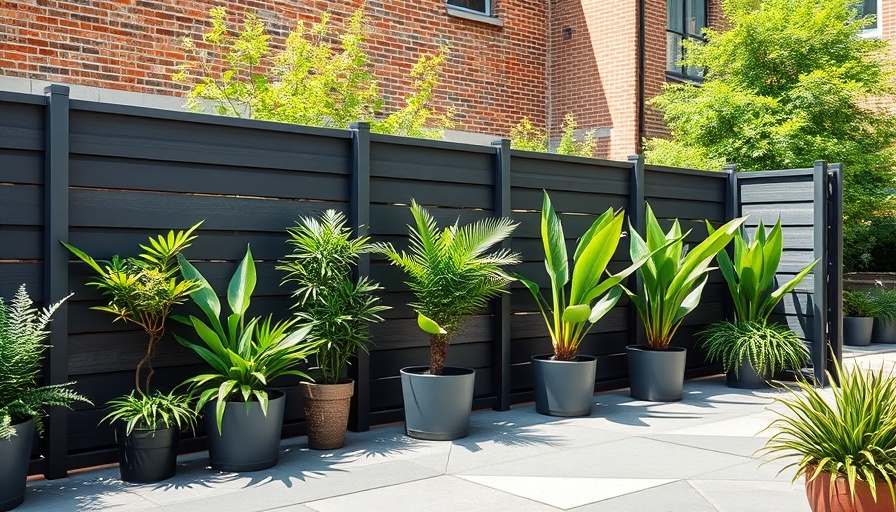The Allure of Composite Fencing: What You Need to Know
Composite fencing has emerged as a favorite among homeowners looking to enhance the aesthetics and durability of their outdoor spaces. Comprised of a blend of recycled materials, such as wood fibers and plastics, this man-made option offers numerous advantages over traditional wood fencing, making it an appealing choice for those considering home improvements.
Understanding Composite Fencing
At its core, composite fencing combines the natural beauty of wood with the resilience of synthetic materials. This fusion not only offers a stylish enclosure for your garden but also provides the longevity that many homeowners desire. For residents of Virginia, where seasonal changes can take a toll on outdoor materials, the ability to withstand harsh weather conditions is a significant advantage. According to experts, composite fencing can resist rotting, warping, and splintering, making it ideal for homeowners who wish to enjoy their gardens without constant maintenance. Its durability means fewer replacements over the years, which can ultimately save money in the long run.
Eco-Friendly Choice for Homeowners
When considering a new fencing option, eco-conscious consumers may find composite fencing particularly appealing. Made from 90% recycled materials, it represents a commitment to sustainability. Choosing composite not only helps in reducing plastic waste but also prevents deforestation, as fewer trees are required for its production. This aligns with the growing demand for eco-friendly home improvements among residents looking to enhance their outdoor living spaces.
Minimal Maintenance, Maximum Style
One of the most compelling benefits of composite fencing is its low maintenance requirement. Unlike wood fences that may need staining or painting to maintain their finish, composite options usually only require periodic washing to keep them looking fresh. This ease of maintenance is particularly advantageous for busy homeowners who desire beautiful surroundings without the upkeep burden. With an array of colors and styles available, composite fencing can complement various garden themes, allowing homeowners to customize their outdoor spaces to their liking. The options range from traditional wood appearances to modern finishes, catering to diverse aesthetic preferences.
Potential Drawbacks and Considerations
While composite fencing offers a plethora of benefits, it is important to acknowledge its drawbacks as well. The initial investment tends to be higher than that of traditional wood fences. However, when considering the total cost of ownership—including maintenance, longevity, and appeal to future homeowners—many find the investment worthwhile. For those weighing their options, it's worth considering local regulations regarding fencing heights and materials, especially in Virginia, as these can influence your decision. Additionally, understanding installation costs and timelines can help set realistic expectations for your home improvement project.
The Bottom Line: Is Composite Fencing Right for You?
In conclusion, composite fencing stands out as a durable, eco-friendly, and low-maintenance option that suits both practical and aesthetic needs. It can enhance your property value and create an inviting atmosphere in your garden. As you explore enhancement options for your home, consider the benefits of composite fencing as a versatile solution that could meet your future garden needs. For expert advice and inspiration for home improvement projects, stay engaged with resources that provide insights tailored to your requirements. Whether it's finding reliable home addition contractors or gathering ideas for room expansions, understanding your options empowers you to make informed decisions about your living spaces. Interested in enhancing your garden with composite fencing? Start planning today, and connect with local professionals who can assist you in bringing your vision to life.



Write A Comment